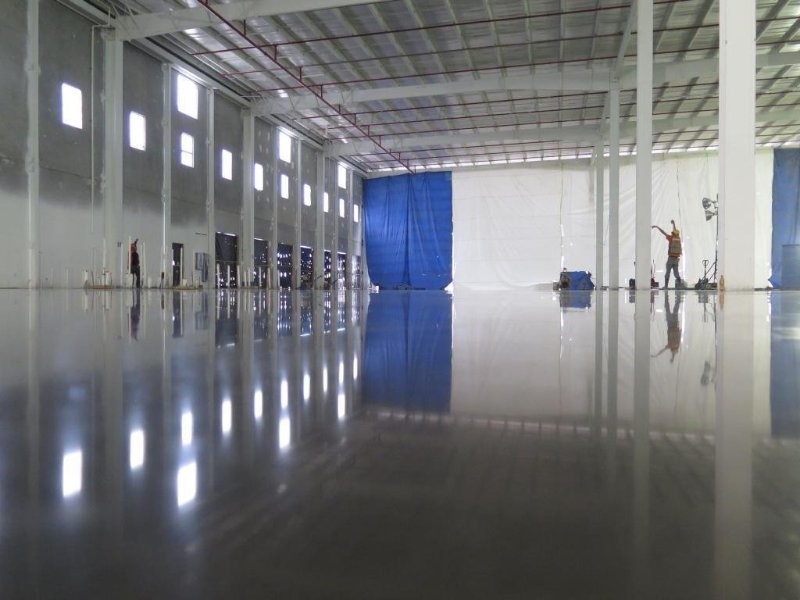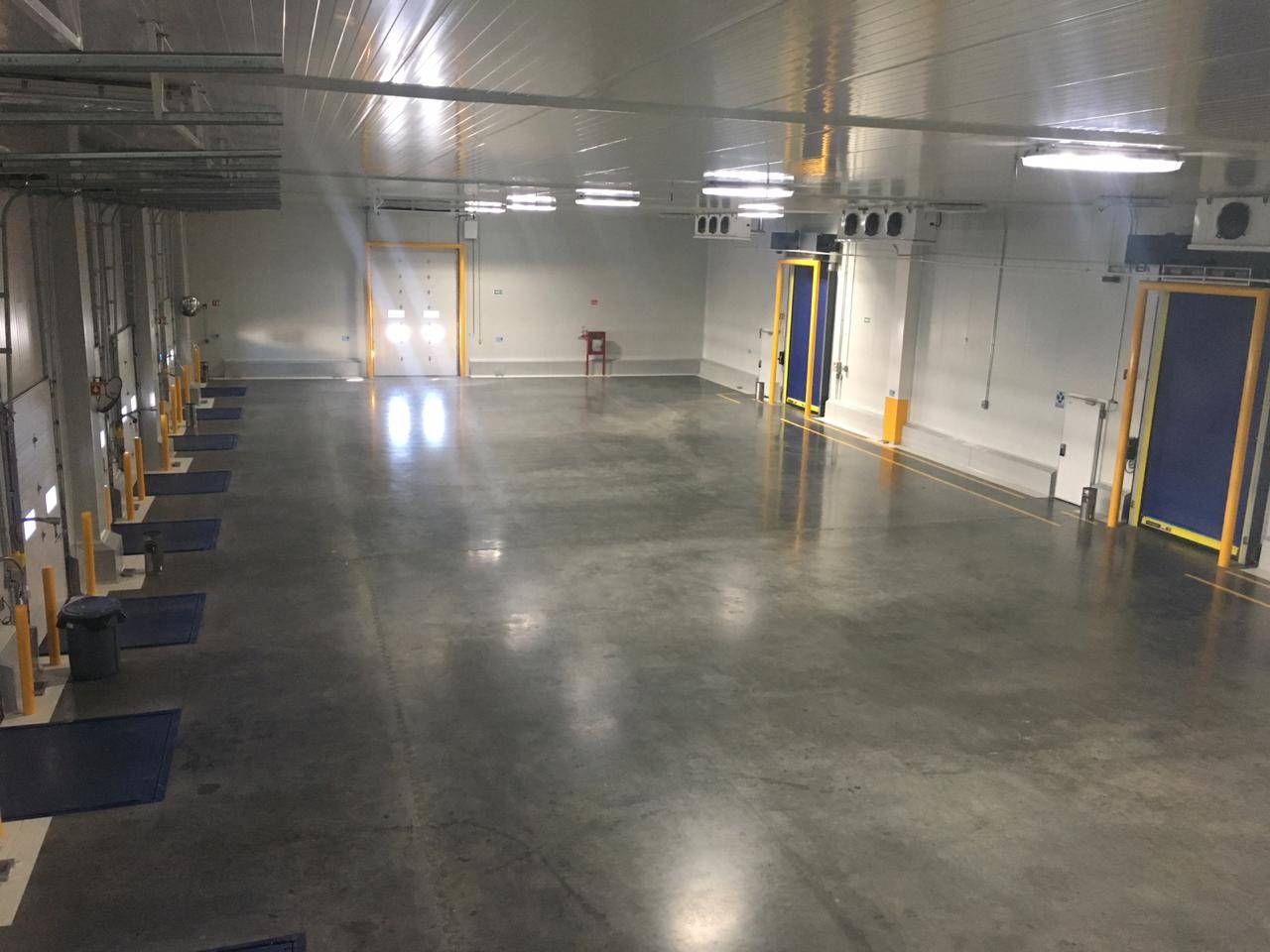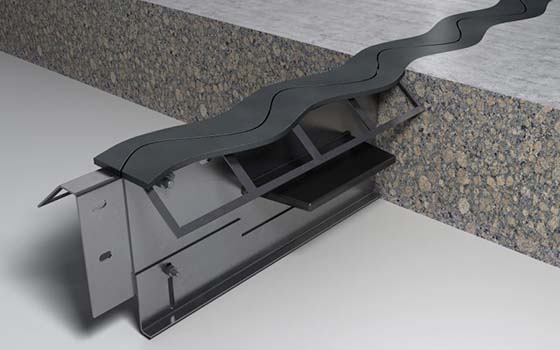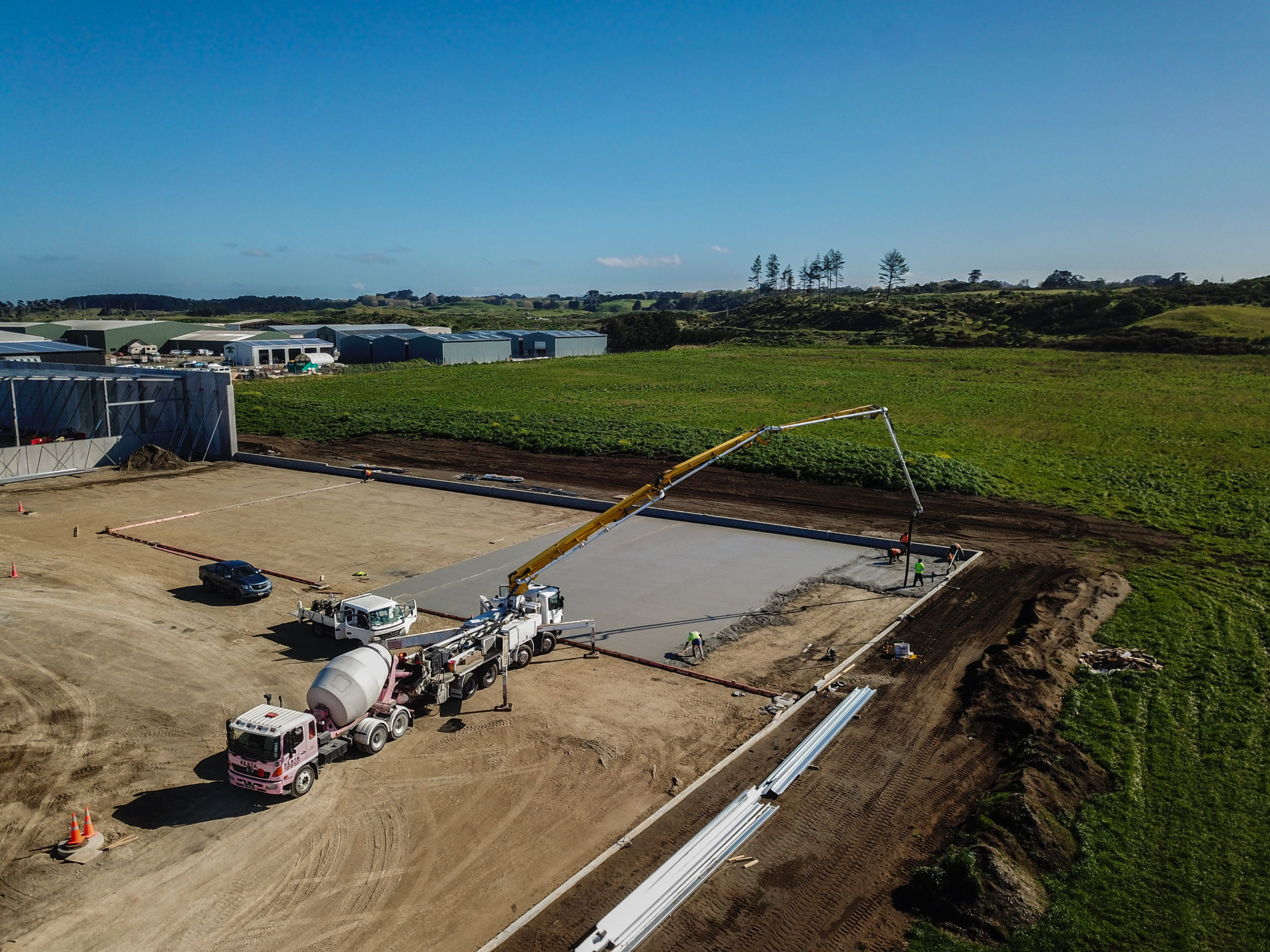As a general rule, we make the pavements with the premise that they are flat. Flatness is the main characteristic that we request a slab. Even when we execute it with slopes due to operational requirements, generally of water evacuation, we need that inclined element to be as homogeneous as possible. Rare will be the pavement where we do not need to resemble a plane.

Being it is not possible, from a practical point of view, to get a perfect plane with concrete, every pavement should bring in its specification what degree of deviation on that ideal will be allowed, and it will depend on whether we are inside those tolerances, the quality of the work we have done.
We are going to focus on this article on how we should choose those tolerances depending on the final use to which the slab will be subjected. For this we will make a first distinction depending on the type of traffic, which may be of two types, totally incompatible with each other, that is, it will not be possible to make a pavement suitable for both types of traffic.
Random traffic: Generally, the measurement standards to validate this type of demands are based on randomly measuring a certain number of linear meters of the floor made. Broadly speaking, we have 3 standards that can be referenced in the specifications of a random traffic pavement:
- The German standard DIN 18202: It is based on the measurement with rules, on the tolerance in mm that is between a rule of 0.1, 1, 4, 10 and 15 meters and the slab. This tolerance is different depending on the type of pavement: Concrete base, of little use, normal and higher demands. The ambiguity of these concepts, in addition to the problems of precision presented by the measure with rules, makes it an unwise option when it comes to demand.
The American standard ASTM 1155: This standard differentiates two parameters of measurement: Number FF (Face Flatness), which measures differences in intervals of 1 foot (or 30cms in its metric version), and FL (Face Levelness), which gives us differences in 3 meter mesures. Therefore, the FF give us a value that defines the undulation of the pavement, and FL its horizontality. This standard has two great advantages: On the one hand, the measurement taking into account all the lines taken in the same pour, and at the same time taking into account all the building stones, allowing a certain tolerance to have better and worse areas, without losing of sight a minimum value necessary in function, above all, of the height of storage. On the other hand, the classification of the types of pavement (conventional, moderately flat, flat, very flat or super flat) is linked to the FF / FL value that is intended to be obtained, thus being much more objective. In addition, the measurement is made with a precision calibrated device to get data each 30cms called dipstick.
- The British TR34: This standard has much similarity to the previous one, with several nuances: The FF parameter is called property F (Flatness), and the second is property E (Elevation). It also establishes a classification by type of pavement called by the acronym FM (Free Movement) FM1, FM2, FM3 and FM4, each with its tolerances. The big differences are that there are certain values that must be fulfilled by 100% of the points, and that the intensity of the measurement is stronger, hindering compliance on the part who executes the floor.
Guided Traffic: Each norm previously described, has its homologous for guided traffic, focusing more on the values obtained in the lines that actually step on the wheels of the lifting machinery:
- The German DIN 15185: It establishes maximum unevenness in transversal and longitudinal, and differentiates the pavement in 2 types: Elevation height of more or less than 6 meters. As in its guided traffic version, it is a norm with many shortcomings.
- The American ASTM 1155: Establishes a number called Fmin, which defines tolerances in the rolling lines of a corridor based on the distance between wheels of the lifting machine and the height of storage. These measurements are taken with a profiler, a trolley that simulates the position of the wheels and establishes a very precise profile graph.
The British TR34: Like the ASTM 1155, defines tolerances for a classification by type of pavement called by the acronym DM (Defined Movement) DM1, DM2 and DM3, similar to ASTM 1155.
We can conclude that it is very important to understand well on these forms of measurement and, taking into account the use that the building is going to have, to choose which one is going to be prescribed. The constructive methods to achieve each type of requirement are variable in each case, in some cases they make the project very expensive, and therefore, it can be so bad to have a pavement inferior to the needs, such as having one that is highly superior. It is highly advisable to be advised in this aspect by an engineering specialist in paving.






